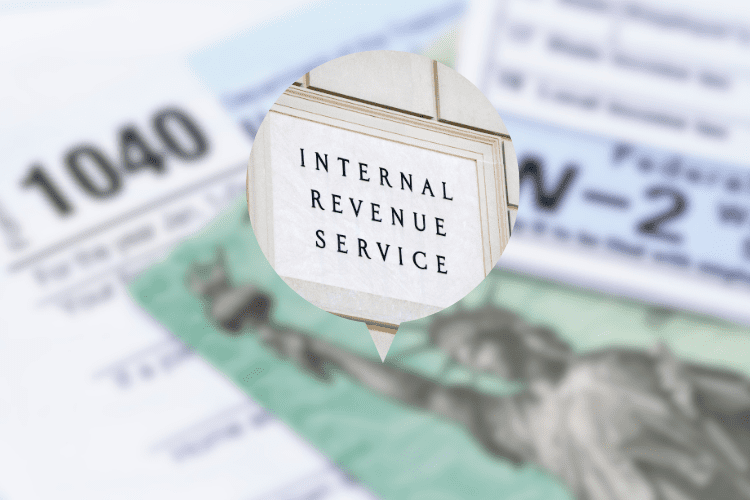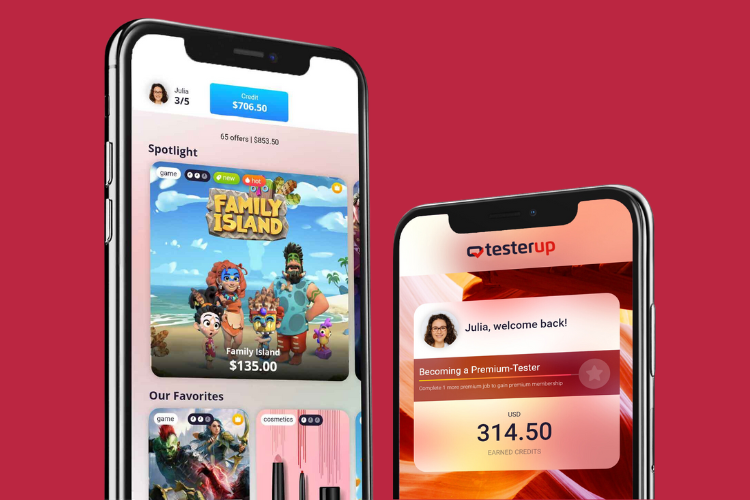15 Best Work From Home App Tools

Working from home, for a lot of people, just isn’t easy. Maybe you have kids at home with you, making it tough to concentrate. Or maybe you don’t have a good home office set up, and can slip into procrastination on the couch easily. Or perhaps it’s just hard to stay focused with everything going on in the world these days. Whatever it is, we understand how hard it can be to work from home. The adjustment isn’t easy, but there are tons of apps that can make things better.
Whether you struggle with productivity, time management, or communicating with your team online, there’s an app that can help solve your issues.
1. Asana
Asana is a nifty management software that lets you collaborate with a team to track work progress. Through Asana you can organize tasks vertically, in a to-do list like format, and horizontally to show how far along you are. There’s also a calendar feature that lets you schedule task due dates and keep track of how much you’re getting done in a week.
It’s intuitive and easy to use and basically creates a one-stop-shop to keep tabs on your team’s workflow, making it extremely valuable while working from home.
2. Slack
Slack is one of the best messaging apps available and is perfect for managing groups of people. It’s a traditional instant message service with added features like channels, where you can divide into smaller groups for contained conversations. It’s also easy to share links and files over Slack, and you can direct message anyone in your network.
Slack is free to use but offers premium versions with better file sharing and storage options.
3. Zoom
Nothing beats a face to face connection, but Zoom comes pretty close. The video conferencing software has become one of the most common office places in the country thanks to its many features and great quality. Zoom works well with group calls or one-on-one meetings and has a messaging function to boot, solving any communication issues.
Plus, Zoom users can share their screens with anyone in their meeting, cutting down on some of the collaborative issues caused by work from home. Small teams can likely manage with Zoom’s free service, which offers unlimited meetings under 40 minutes. If it’s one-on-one meetings then there are no time restrictions. The paid options start at $15 per month and allow for 24-hour long meetings.
4. Doodle
If you’re already familiar with Doodle, it’s probably because of the simple and effective Doodle Polls. Doodle includes the polls, which are extremely helpful for coordinating meetings with a lot of people, as well as a comprehensive scheduling program to help you manage your time. Doodle is great for offices, as it’s simple to use and keeps everyone on the same calendar. Doodle costs $4.49 per month for its basic subscription.
5. 15Five
15Five is a great tool for managers to gauge how their team is doing, especially now. Every week, employees are presented with a 15-minute survey about productivity, morale, and company culture. The feedback is supposed to inform how managers make plans, and the platform is incredibly useful for facilitating employee-employer conversations. The basic subscription costs $7 per month.
6. Zapier
Zapier is a web integration service that brings together the apps and programs you use the most. The automated process brings all your notifications, tasks, and projects into one place, so you never miss a thing. For instance, if a coworker emails you a file on Gmail, Zapier can download the attachment into Google Drive and notify you via Slack about the new file. It’s a great way to cut down on the clutter and chaos of the average workflow. Zapier is free to use but only allows you to automate 100 tasks per month. For $20 monthly, you can get 750 tasks.
7. Freedom
Depending on how good your self-control is, you might need a bit of help staying off Twitter, Facebook, or YouTube when working from home. If that’s the case, Freedom is perfect for you. The platform lets you set limits on how much time you can spend on any website before blocking you. That way, you can still take breaks on social media but won’t get dragged into a time-wasting wormhole.
8. Serene
Like Freedom, Serene is designed to boost your productivity and allows you to block certain sites and apps. In addition, Serene also forces you to set daily goals and plan your schedule to help you stick to a plan and stay productive. There are also built-in breaks, as well as music and timers to help you focus. Serene can whip even the toughest procrastinator into shape.
9. Calendar
Google’s calendar program, aptly name Calendar, is a simple but effective way to plan your own schedule, as well as your teams. First, Calendar can import schedules from any other calendar app and consolidate everything into one program. Creating and sharing events is simple, and overall Calendar can help make your day a lot less cluttered.
10. Forest
Everyone knows that it can be tough to put down your smartphone. There are a million things to do on an iPhone or Android at any time, and it gets distracting. Forest will distract you from those distractions and keep you focused. The app helps increase productivity by engaging you with a game: plant a tree and watch it grow, but if you leave the app it dies. Forest forces you to stay inside its interface, keeping you from any distractions. The more you focus and the less time you spend on your phone, the more trees grow!
Forest costs $1.99 in the App Store, but you can try Flora, a similar free app, as well!
11. Toggl
Toggl is another useful productivity tool that allows you to track the time it takes to complete tasks. By setting timers, Toggl helps to increase productivity and cut down idle time. Plus, the Toggl timer can notice when you might step away from your computer and track that time as well. Toggl is particularly great for freelancers who work at home and want to keep track of their billable hours. Toggl is free to use for up to five people, but if you need to expand your workspace you’ll need a paid package. Prices are flexible but start at $10 per month.
12. Daywise
One of the major challenges of working from home is shutting off after work hours. Daywise helps you unplug, as well as stay focused during the day, by clustering your notifications and sending them at set times. As opposed to getting a barrage of emails in the morning, for instance, you can use Daywise to set a batch of email to arrive at 9 and another at 11. You’ll reduce your stress during the day by breaking work into intervals, and can prevent any emails coming in when you’ve clocked out for the day.
13. Seven
While it’s not directly related to work, Seven is a great app to have if you’re at home full time. Seven is loaded with seven-minute workouts, designed to help keep you in shape as efficiently as possible. Seven is great if you’re used to a more active lifestyle but have been cooped up inside lately. The app also offers challenges and awards to motivate you.
14. DropBox
DropBox is a great way to organize documents, folders, files across a team. The platform is designed to make it easy to organize work and collaborate on it. DropBox also integrates with most other professional apps to further streamline your workflow and is a great tool to have while working from home. Dropbox Basic is free to use, but you can upgrade for $20 per month for added storage space.
15. Trello
Like Asana, Trello is designed to help make collaboration easier. It simplifies your workflow into easy-to-track lists to make everything convenient. Trello is very flexible and integrates with other apps like Slack and Google Drive to bring all your work together. Although it’s free to use, you can upgrade to a $9.99 monthly plan for some extra features, like added security and app integrations.
See Also: Tired of Work From Home? Try It In a Vegas Hotel









